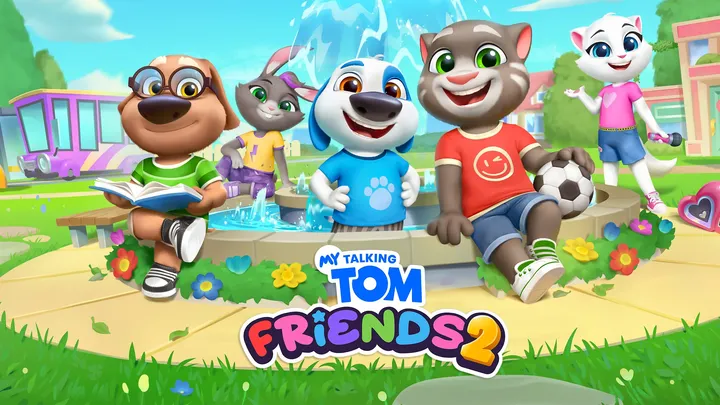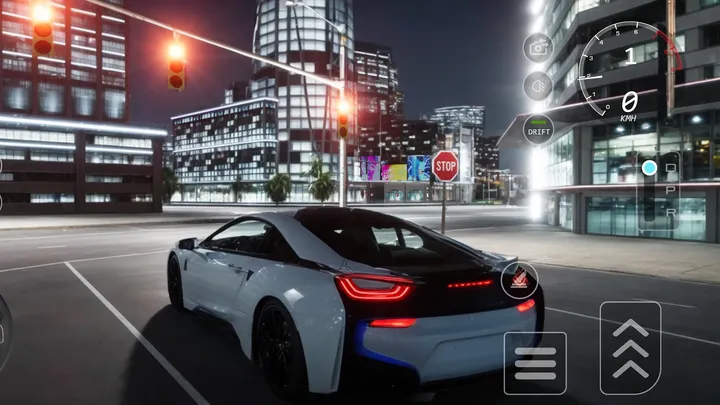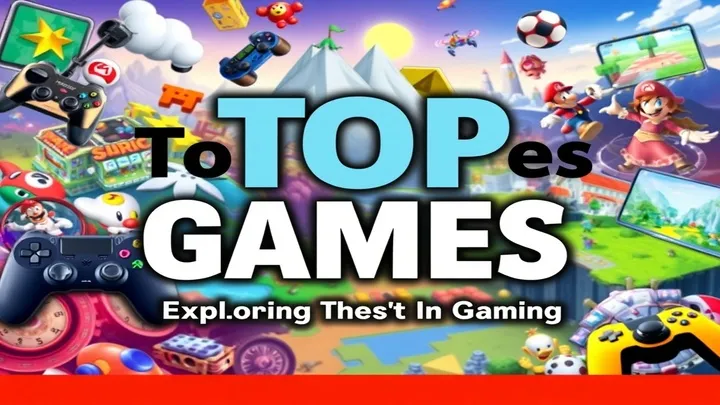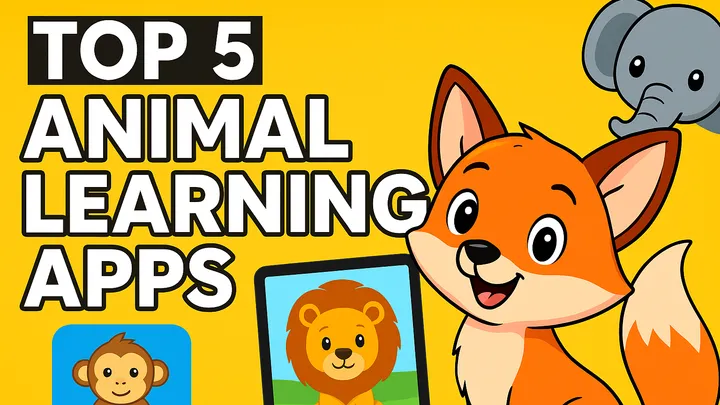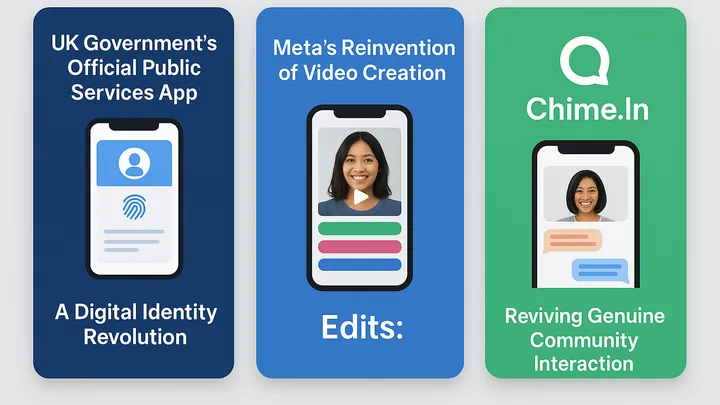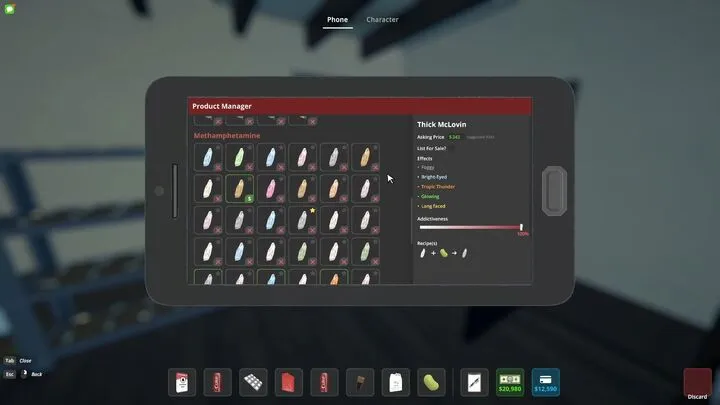In 2025, weather and climate apps have evolved far beyond simple daily forecasts. Once limited to temperature, rainfall, and wind speed predictions, these tools are now powered by AI-driven modeling, real-time satellite data, IoT-connected weather stations, and hyper-localized microclimate analytics. Whether you are planning your morning commute, running a global logistics company, managing agricultural production, or simply wondering if the weekend barbecue will be rained out, today’s apps deliver precision like never before.
Climate change has also fueled a growing demand for reliable and transparent climate insights. Rising sea levels, heatwaves, wildfires, and unpredictable rainfall patterns make accurate weather intelligence more critical than ever. As a result, the best apps in 2025 don’t just tell you whether to carry an umbrella—they help you prepare for natural disasters, manage carbon footprints, and adapt daily routines to a changing climate.
This guide explores the Top 10 Weather and Climate Apps in 2025 Offering Hyper-Accurate Forecasts, highlighting their strengths, limitations, and use cases. Whether you’re a casual user or a professional relying on weather data, these apps stand out as the smartest digital tools available today.
1. The Weather Channel – Still the Household Standard
For decades, The Weather Channel app has been a staple in households worldwide, and in 2025, it remains one of the most trusted consumer weather apps.
Key Features
- Hyper-local Forecasts: Uses millions of data points to deliver neighborhood-level accuracy.
- Severe Weather Alerts: Real-time push notifications for hurricanes, tornadoes, and wildfires.
- Health Insights: Air quality, UV index, and allergy forecasts included.
Why It Stands Out
The Weather Channel continues to refine its user-friendly interface and augmented reality storm-tracking maps. Its partnerships with local news stations make it especially strong in breaking weather alerts.
Pros: Reliable, well-known, visually engaging.
Cons: Ad-heavy unless you subscribe.
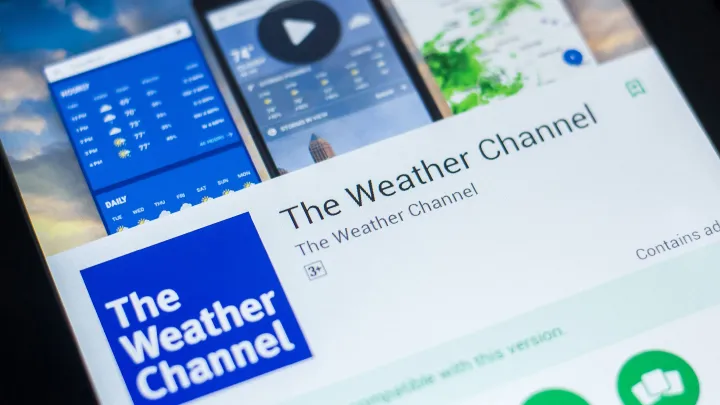
2. AccuWeather – Precision at Scale
AccuWeather has built its reputation on accuracy, and in 2025, its forecasts are powered by AI-enhanced radar models and a MinuteCast feature that predicts rainfall down to the minute.
Highlights
- Minute-by-Minute Forecasting: Hyper-detailed precipitation data.
- Global Reach: Covers over 100 countries with localized insights.
- Long-Range Predictions: Provides forecasts up to 45 days ahead.
Why It Works
Its AccuWeather RealFeel® index helps people understand not just temperature, but how the weather feels in terms of humidity, wind, and sun exposure.
Pros: Highly accurate precipitation tracking, global coverage.
Cons: Interface can feel data-heavy for casual users.
3. Tomorrow.io – Weather for Business and Climate Intelligence
Formerly known as ClimaCell, Tomorrow.io has become the go-to weather app for businesses, governments, and climate adaptation planning.
Key Features
- Hyper-local Forecasts: Uses IoT devices and satellites for street-level accuracy.
- Industry Solutions: Specialized dashboards for aviation, shipping, sports, and agriculture.
- Climate Adaptation Tools: Predictive modeling for long-term planning.
Why It’s Unique
Tomorrow.io has contracts with airlines, sports leagues, and even military organizations. In 2025, its AI-powered climate risk maps make it invaluable for long-term planning.
Pros: Best for professional use, strong climate focus.
Cons: Advanced features require subscription; less “casual” than other apps.
4. Windy – The Favorite of Outdoor Enthusiasts
Windy remains the favorite among pilots, sailors, surfers, and outdoor adventure seekers. Its interactive weather maps are second to none.
Highlights
- Detailed Wind and Wave Data: Ideal for aviation and marine use.
- Multiple Forecast Models: Users can toggle between ECMWF, GFS, and ICON models.
- Custom Overlays: Pollution, radar, satellite, and storm tracking.
Why People Love It
Unlike most consumer apps, Windy caters to serious weather hobbyists and professionals. Its beautiful interface and customizable overlays give users granular control.
Pros: Extremely detailed, great for global travel.
Cons: Overwhelming for casual users.
5. Carrot Weather – Fun Meets Forecasting
Carrot Weather has carved out a unique niche as the most entertaining weather app. In 2025, it still blends snarky humor with powerful weather intelligence.
Features
- AI-Enhanced Forecasts: Uses multiple weather providers for cross-verified data.
- Customization: Choose how much humor vs. professionalism you want.
- Apple Watch & Smart Home Integration: Works seamlessly with iOS devices.
Why It’s Popular
It brings personality to weather forecasting while maintaining professional-grade accuracy. Perfect for users who want a lighter touch without sacrificing detail.
Pros: Fun, customizable, accurate.
Cons: Humor isn’t for everyone; best on Apple devices.
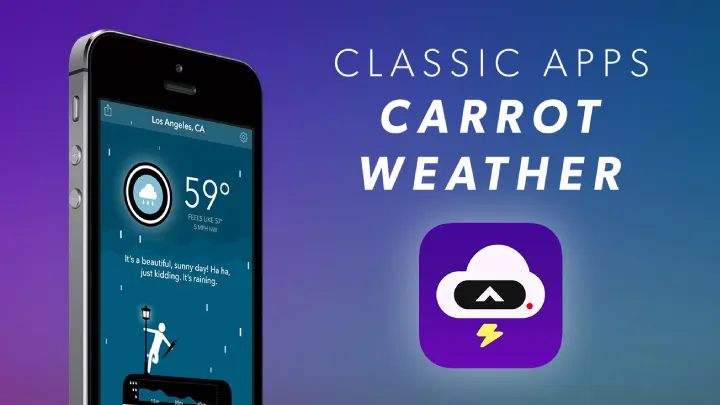
6. NOAA Weather App – The Government Standard
The NOAA (National Oceanic and Atmospheric Administration) app remains essential in 2025, especially in the U.S., where it provides official government weather data.
Highlights
- Authoritative Alerts: Direct from the U.S. government.
- Marine and Aviation Data: Trusted by professionals.
- Hurricane Tracking: Best for Atlantic storm updates.
Why It Matters
When it comes to official warnings and raw data, NOAA remains unmatched. It’s not flashy, but it’s accurate and essential.
Pros: Free, authoritative, trusted.
Cons: Interface less polished than commercial apps.
7. MyRadar – Best for Storm Tracking
MyRadar is a radar-first weather app that has exploded in popularity by 2025 for those who need real-time storm tracking.
Key Features
- Live Radar Animation: Smooth, fast updates.
- Aviation Weather Layers: Useful for pilots.
- Hurricane Tracking Add-ons: Premium users get detailed alerts.
Why It’s Effective
Its radar-centric approach makes it one of the fastest apps for tracking approaching storms, tornadoes, or hurricanes.
Pros: Fast, radar-focused, pilot-friendly.
Cons: Best suited for storm chasers and aviation users.
8. Weather Underground – Community-Powered Forecasts
Acquired by The Weather Channel, Weather Underground (WU) is still known in 2025 for its crowdsourced data from personal weather stations.
Highlights
- Neighborhood Weather: Data from over 250,000 personal stations worldwide.
- Community Contributions: Weather blogs, reports, and discussions.
- Historical Climate Data: Useful for researchers and planners.
Why It’s Different
WU excels at microclimate reporting, perfect for those in large cities or varied terrains where neighborhood differences matter.
Pros: Community-driven, hyper-local.
Cons: Some features locked behind subscription.
9. WeatherBug – Best for Air Quality and Alerts
WeatherBug stands out in 2025 for its air quality monitoring and environmental data.
Features
- Air Quality & Pollen Reports: Critical for families with allergies or asthma.
- Dangerous Thunderstorm Alerts: Fast and reliable.
- Connected Devices: Works with smart home weather sensors.
Why People Use It
In a time where air pollution and allergens are rising, WeatherBug offers insights that go beyond just temperature and rain.
Pros: Great for health-conscious users.
Cons: Ads and upsells can be intrusive.
10. Climacell Agriculture (Tomorrow.io Agriculture) – For Farmers and Food Security
By 2025, agriculture-focused weather apps have become crucial, and Tomorrow.io’s Agriculture app leads the way.
Highlights
- Field-Level Forecasts: Predicts rainfall and irrigation needs at the farm level.
- Crop Disease Prediction: AI models anticipate risks before they spread.
- Sustainability Tools: Helps reduce water and pesticide waste.
Why It’s Critical
With global food security threatened by climate change, this app provides actionable weather data for farmers worldwide.
Pros: Practical, climate-smart, vital for agriculture.
Cons: Designed for professionals, not casual users.
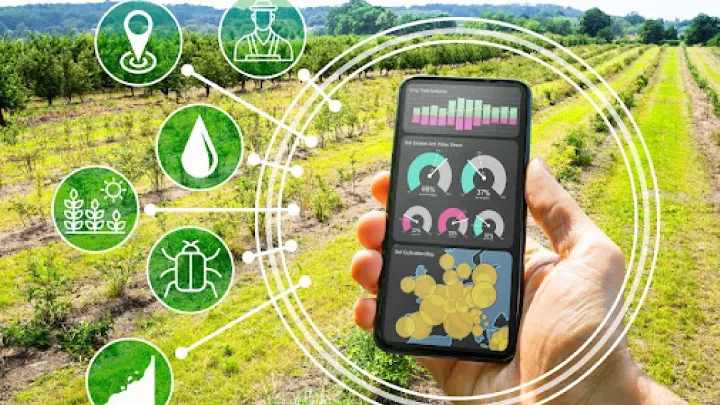
Conclusion
By 2025, weather apps are no longer just about knowing tomorrow’s temperature—they are about climate resilience, personal safety, business continuity, and environmental health. From The Weather Channel’s mainstream dominance to Tomorrow.io’s enterprise-grade solutions, these apps are redefining how individuals and organizations interact with the atmosphere around them.
The future will bring even smarter weather forecasting powered by quantum computing, expanded IoT networks, and climate-adaptation features. In a rapidly changing world, choosing the right app can mean the difference between inconvenience and preparedness.
Whether you’re a casual commuter, outdoor adventurer, business owner, or farmer, one of these top 10 apps will help you stay one step ahead of the weather in 2025.




